What is the tolerance range of precision screws?
What is the tolerance range of precision screws?
Service Hotline
+86760-8787 8587We have more than ten years of production experience in the screw industry. The main products are: insulated plastic screws, flat head full hexagonal sealed pull female pull cap nuts, black torx countersunk head screws, hinge pin locks, aluminum through-hole rivet nuts, cover Female Nuts and Nuts, GB823 Round Head Screws, 201 Non-Standard Fasteners, Iron Color Hex Nuts, Complete Set of Hexagon Screws and Nuts, Motorcycle Refit Accessories, Tool Eye Rivets, Non-Standard Metal Flat Washers, Screw Connectors ,PA66 screws and other fasteners, due to different product materials and specifications, the price is also different, if necessary, please contact us.


Knurled copper nuts are mainly used for injection molding, hardware springs, special-shaped springs, craft gift springs, battery spring sheets, spring antennas, key rings, phosphor bronze spring CNC automatic lathe turning parts (copper car parts, iron car parts, aluminum car parts) , metal stamping parts, electronic hardware, iron shaft, single flower shaft, multi flower shaft, iron pin, non-standard screw and nut, connecting parts, fasteners, wire forming (metal wire business card holder, model aircraft landing gear, S hook , R-type latch, triangle buckle, D-type buckle) and other hardware products belong to the copper nut series.
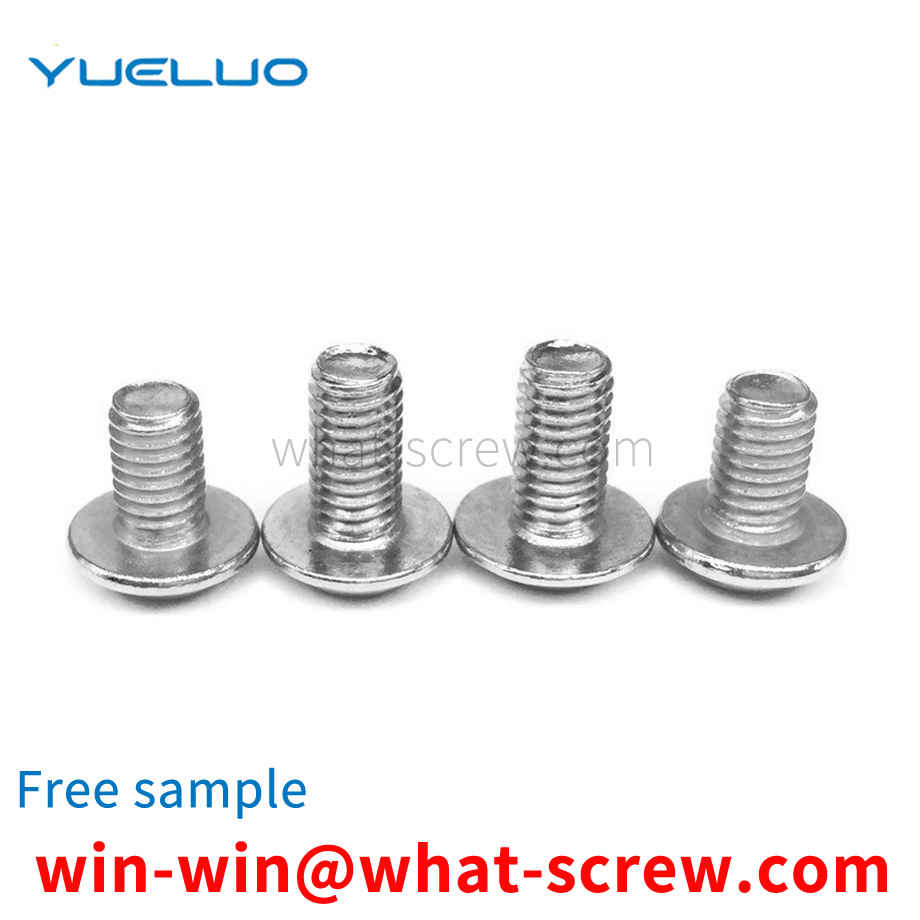
The process of removing iron oxide plate from cold heading steel wire rod is stripping and dephosphorization. There are two methods: mechanical dephosphorization and chemical pickling. Replacing the chemical pickling process of wire rod with mechanical phosphorus removal not only improves productivity, but also reduces environmental pollution. This phosphorus removal process includes bending method (the round wheel with triangular grooves is commonly used to repeatedly bend the wire rod), spray nine method, etc. The phosphorus removal effect is good, but the residual iron and phosphorus cannot be removed (the removal rate of iron oxide scale is 97%) ), especially when the iron oxide scale is very sticky, therefore, mechanical phosphorus removal is affected by iron scale thickness, structure and stress state. Carbon steel wire rods used for low strength fasteners (less than or equal to 6.8) High-strength bolts (greater than or equal to grade 8.8) use wire rods to remove all iron oxide scales after mechanical dephosphorization, and then go through a chemical pickling process for compound dephosphorization. For low carbon steel wire rods, the iron sheets left by mechanical dephosphorization are likely to cause uneven wear of grain draft. When the grain draft hole adheres to the iron sheet when the wire rod rubs against the external temperature, the surface of the wire rod produces longitudinal grain marks. More than 95% are caused by scratches on the surface of the steel wire during the drawing process. Therefore, the mechanical phosphorus removal method is not suitable for high-speed drawing.
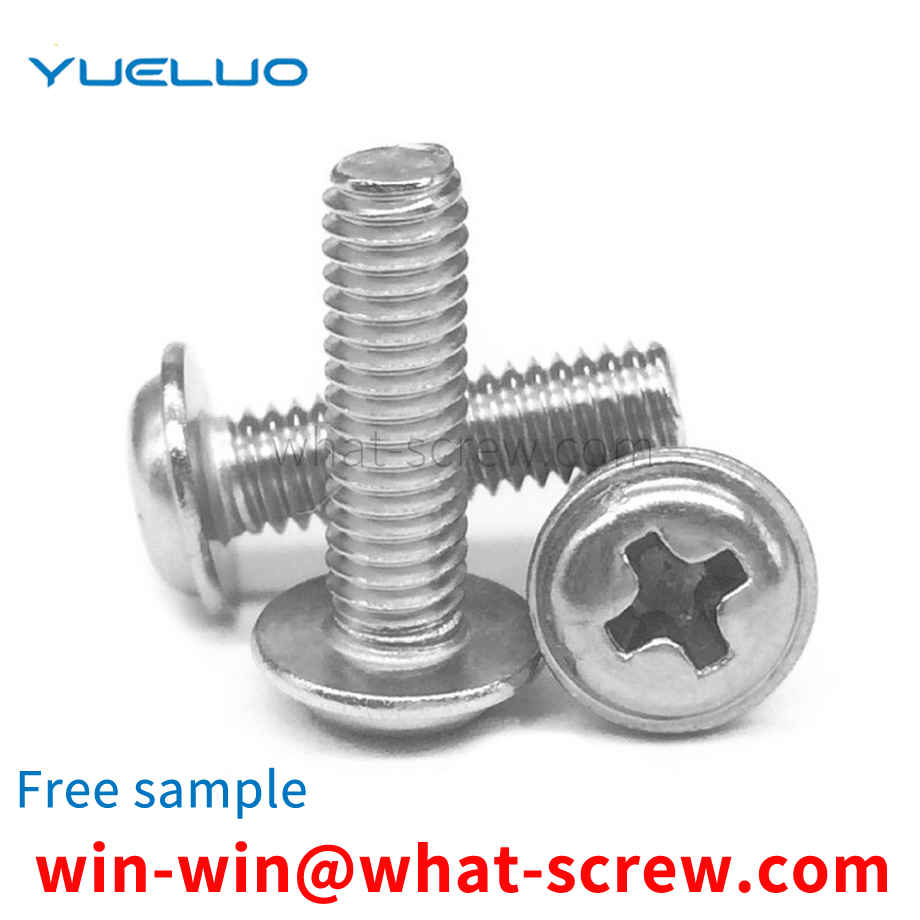
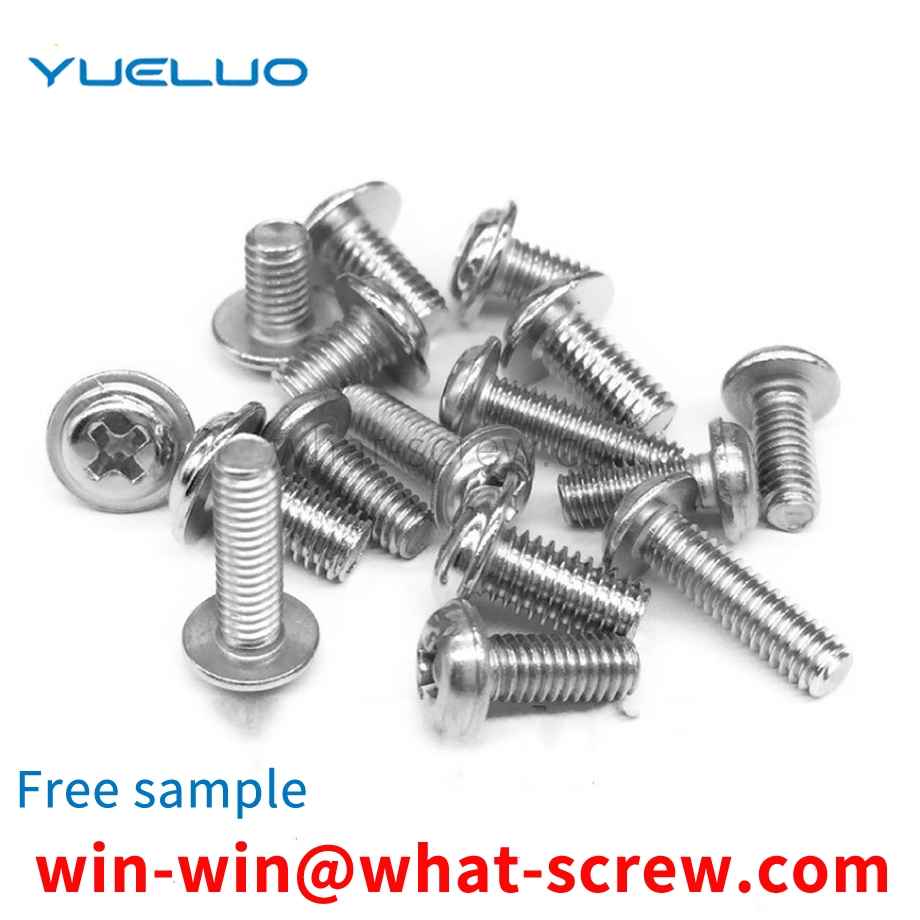
Two combination screws are also called two combination screws. As the name suggests, it consists of a screw with a spring washer or only a flat washer. After the thread rolling, the two components are combined together. Two combination screws are available in iron and stainless steel. For iron, there are screw materials such as screw wire 1010, 1018, 10B21, etc. The general iron pier needs to be electroplated, and electroplating is divided into environmental protection and ordinary. For example, there are environmentally friendly color zinc, environmentally friendly blue zinc, white zinc, color zinc, white nickel and other electroplating. Stainless steel two combination screws. The material is stainless steel 304.
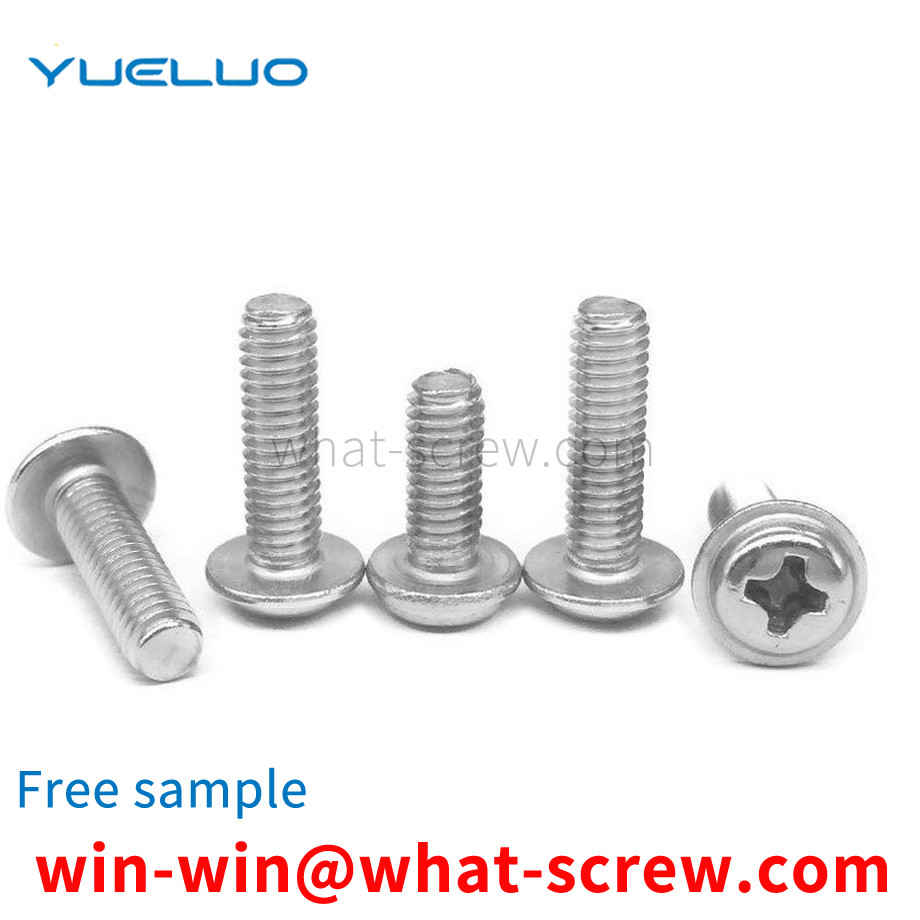
The standard specifies hexagon head bolts with thread specifications of M3~M64, grades A and B. Grade A is used for bolts with D<=24 and L<=10D or L<=150mm (whichever is smaller); grade B is used for bolts D > 24 or L > 10 D or L > 150 (according to the smaller value) bolt size specification mark: thread specification D = M12, nominal length L = 80mm, performance level is 8.8, the table is the same as oxidation, A level Hexagon head bolt tag example bolt GB / T5782-86-M12 × 80 national standard common hex bolt head on the side size and cooperation national standard wrench thread diameter \ pair of edge sidewalls Skin wrench Wrench Double-ended open-end wrench Double-ended Torx wrench. The outer hexagon bolt is the most frequently used type of bolts. The main function of the external thread it has is to cooperate with the nut. Using this threaded connection method, the two parts are integrated. Grade C hexagon bolts are mainly used in steel structure machinery and equipment with relatively rough surface and low precision requirements. Grade A and Grade B hexagon bolts are mainly used in machinery and equipment with smooth surface and high precision requirements. Most of the stainless steel outer hexagon screws are full-tooth and hexagonal head full-tooth bolts. Standard: DIN933, GB5783, ISO4017, ANSIB18. 2.1, JISB1180; non-full thread bolt standards DIN931, GB5782, ISO4014, ANSIB18.2.1, JISB1180.
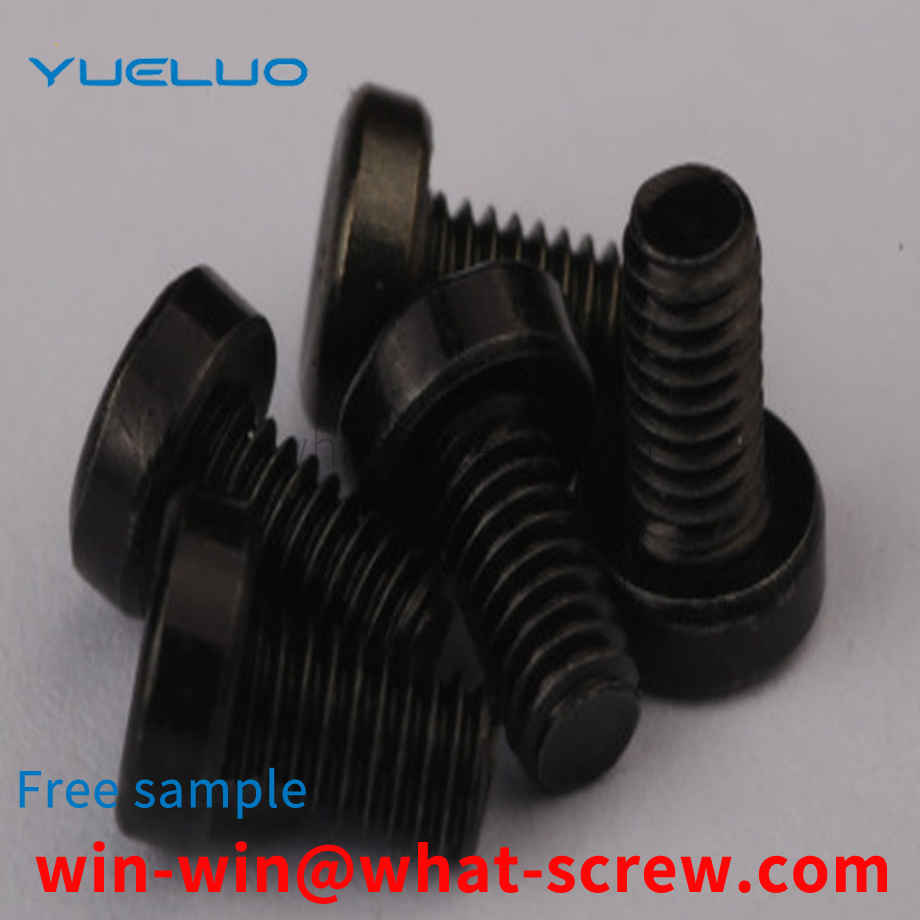
The above content is uploaded by Yueluo or the Internet. If there is any copyright issue, please contact [email protected].

What is the tolerance range of precision screws?

How to choose the right stainless steel screw manufacturer?

Why is there an R angle under the head of the hexagon head s...

We have more than ten years of production experience in the ...

We have more than ten years of production experience in the ...

We have more than ten years of experience in screw industry ...

We have more than ten years of experience in screw industry ...